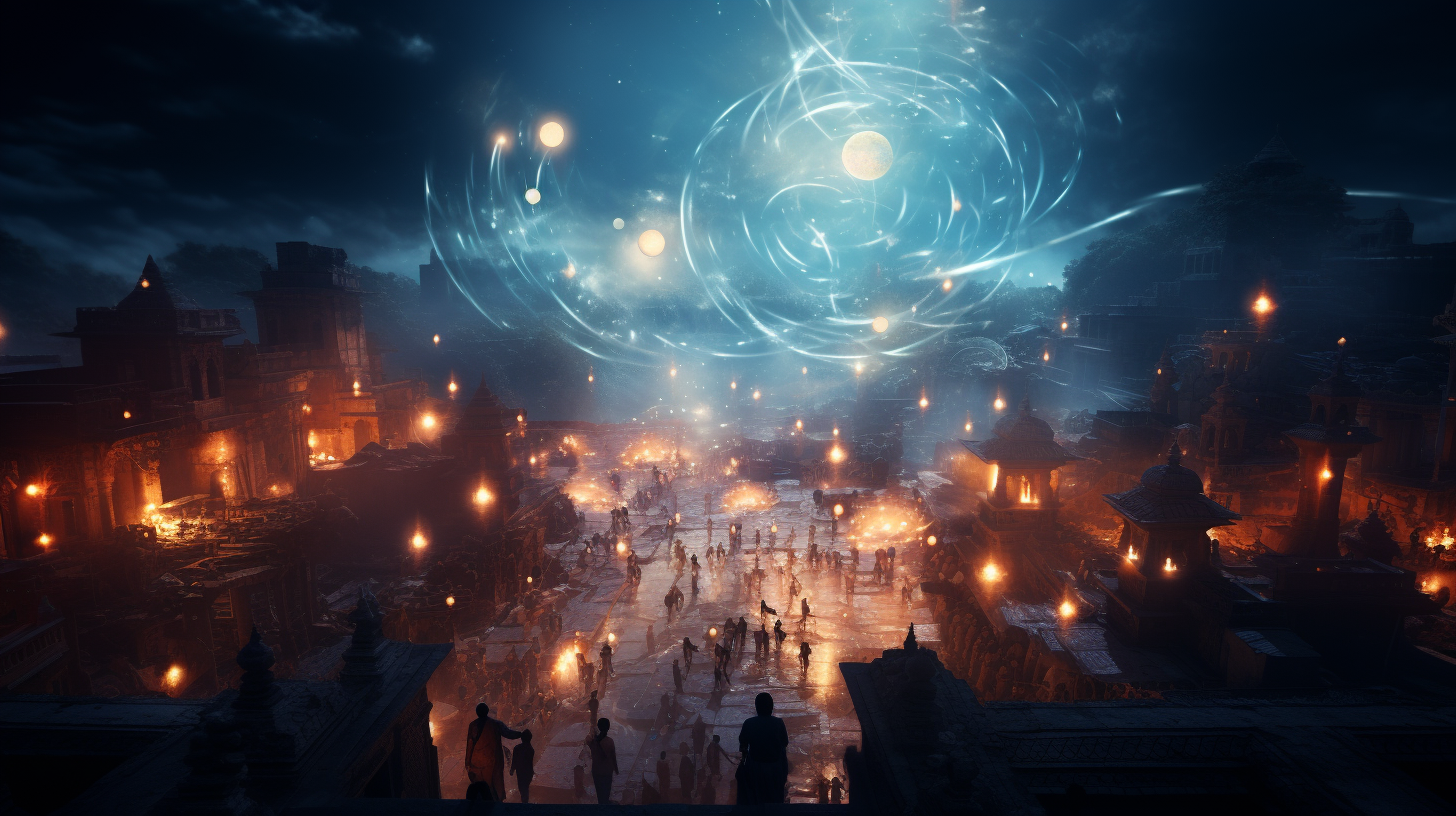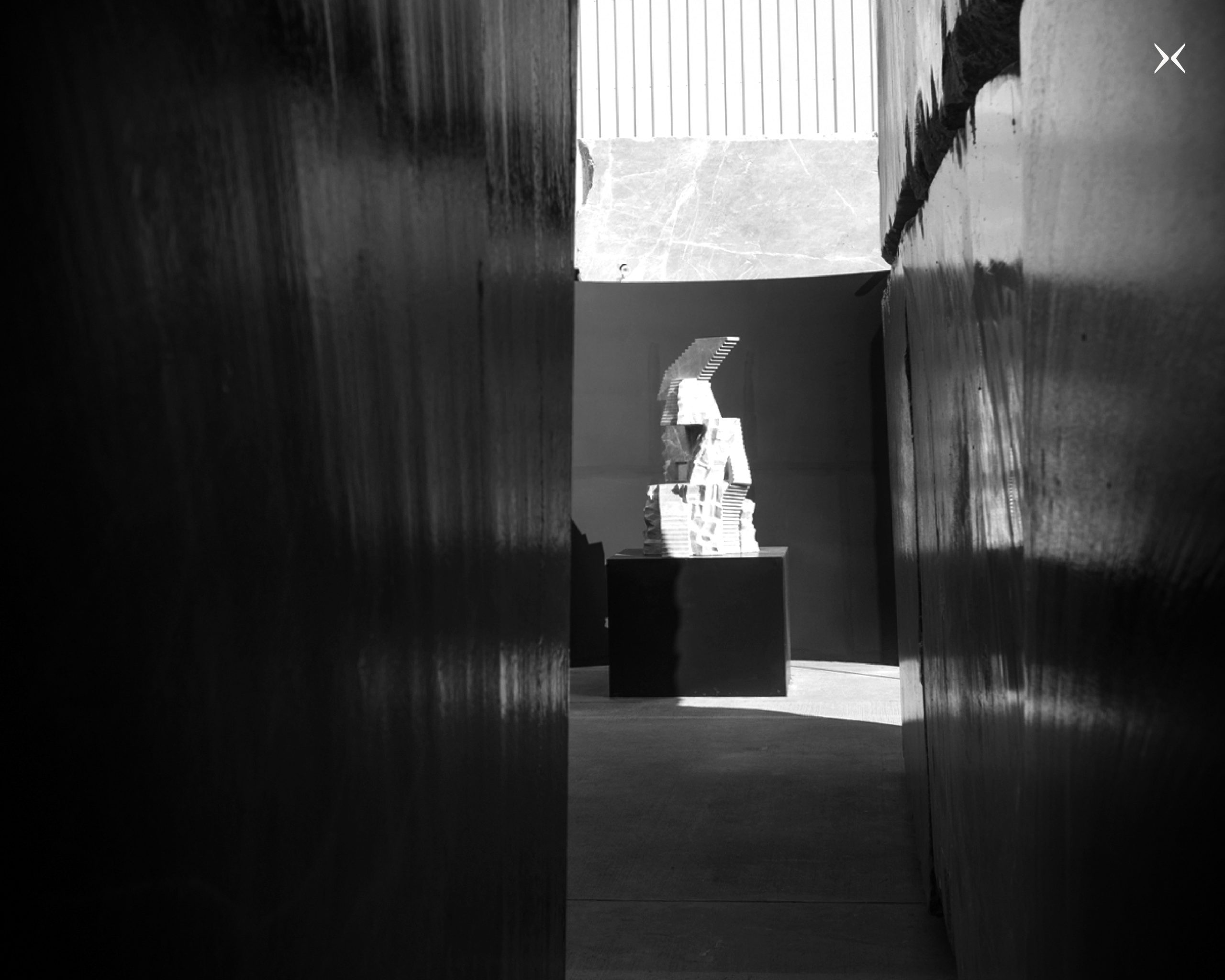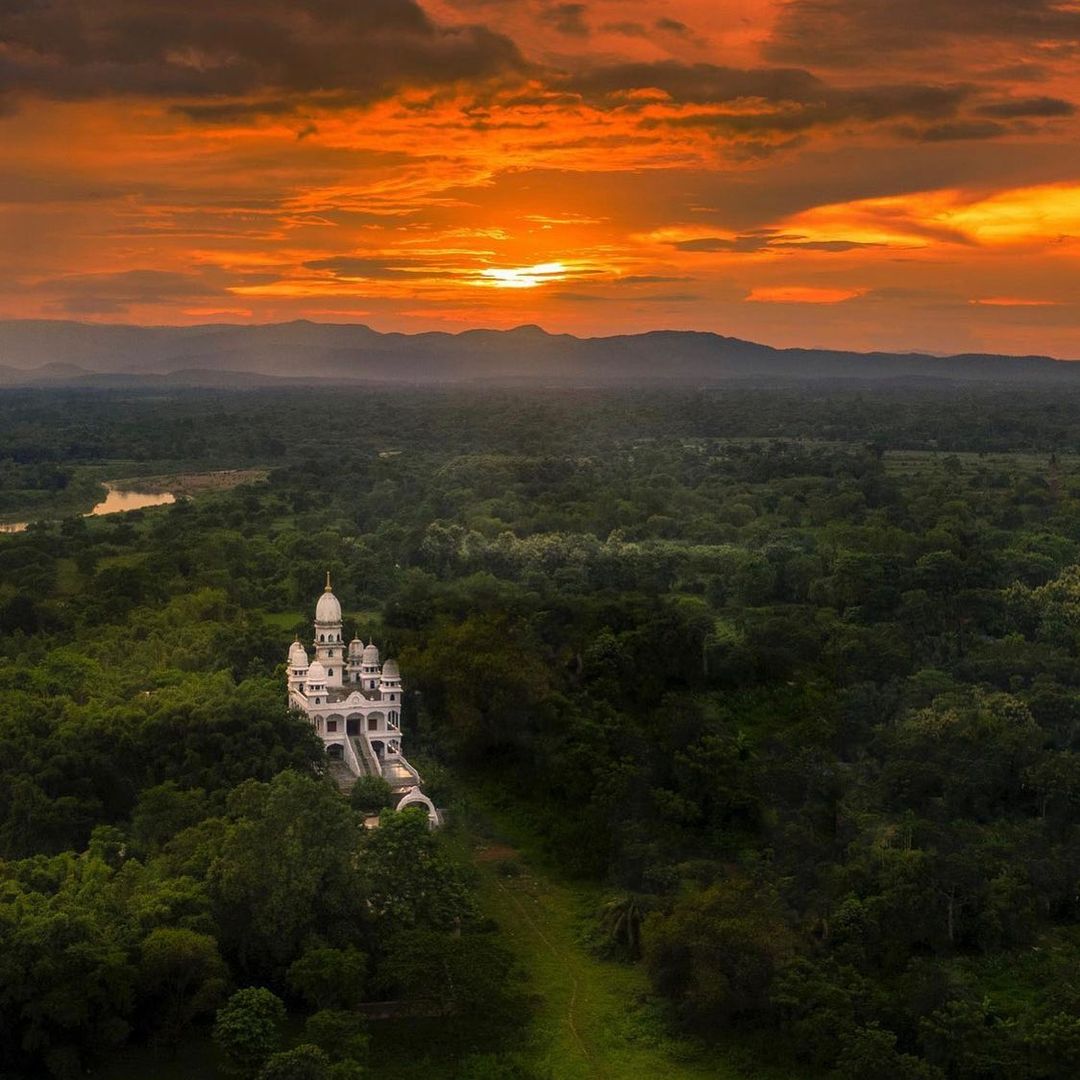Astro-tourism, a niche yet captivating form of tourism, has been gaining momentum globally as enthusiasts seek to explore the mysteries of the universe. Originating from the desire to witness celestial wonders and delve into the wonders of the night sky, astro-tourism has found a place among those who yearn for a unique and awe-inspiring travel experience. As technology advanced, telescopes became more powerful, and the night sky became increasingly accessible, travellers began to seek out destinations where the celestial wonders could be observed in all their glory.
The emergence of astro-tourism can be traced back to the desire to escape light pollution and witness the night sky in its pristine form. Several destinations across the globe have established themselves as premier astro-tourism hotspots. These locations offer unparalleled views of the stars, planets, and other celestial phenomena. Some of the notable sites include Mauna Kea in Hawaii, the Atacama Desert in Chile, and the Aoraki Mackenzie International Dark Sky Reserve in New Zealand. Interestingly, these destinations boast optimal stargazing conditions and educational opportunities for visitors to learn more about astronomy – making celestial tourism more than just a travel fad.
(L-R) Astro-tourism over Indian Architecture; Luxuriate Commercial Scaling on Astro-forward Tourism
An enchanting way to connect with the universe, astro-tourism is being recognised in the Indian travel circuit as well; with her diverse geography, India offers a range of opportunities for enthusiasts to explore the cosmos.
Having visited Ladakh many years ago, I remember watching the night sky brimming with stars at Pangong Lake, catching glimpses of shooting stars and experiencing celestial magic in a state that isn’t dishevelled by pollution and other environmental woes. Famous for its ever-changing hues, Pangong Lake’s beauty extends beyond daylight. As night falls, the lake’s surroundings transform into a celestial spectacle. Far from the city lights, the lake’s vast expanse offers unobstructed views of the stars and planets, making it an ideal spot for those seeking an astro-tourism experience.
As expected, Ladakh boasts of more than one astro-tourism destination. Nestled in the remote Hanle village of Ladakh, the Indian Astronomical Observatory stands as a beacon for astro-enthusiasts. Perched at an altitude of over 4,500 meters, this observatory boasts some of the world’s highest optical, infrared, and gamma-ray telescopes. Visitors are treated to guided tours and stargazing sessions, providing an immersive experience into the celestial wonders that adorn Ladakh’s night sky. Surrounded by towering mountains, Tso Moriri Lake serves as a natural amphitheatre for stargazing enthusiasts. Away from urban light pollution, the night sky over this high-altitude lake comes alive with its blanket of stars. Camping by the lakeside allows visitors to witness the tranquil reflection of the celestial wonders on the pristine waters, creating an almost magical ambience. As travellers venture into Ladakh’s high-altitude terrain, they witness the cosmos’ marvels and become part of a unique celestial narrative that unfolds against the backdrop of this Himalayan wonderland.
Visualisation of Astro-tourism in Cubism
In the vast assortment of travel experiences, astro-tourism has emerged as a luminous thread, weaving together the wonders of the universe with the spirit of exploration. The Indian subcontinent, with its blend of ancient astronomical traditions and contemporary observatories, offers a unique canvas for this cosmic exploration.
Words by Akanksha Maker.
Featured image Astro-tourism of Cubism.








